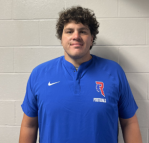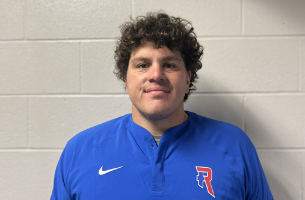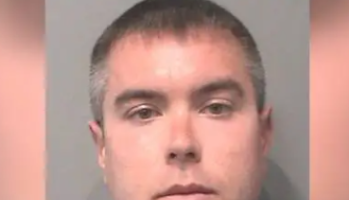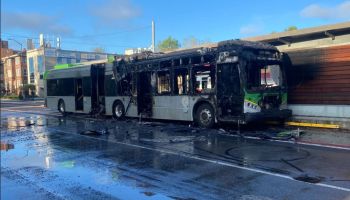HENRYVILLE, Ind.–Ten years ago the skies over southern Indiana turned dark and a powerful EF4 tornado destroyed much of Henryville and damaged homes and businesses in several counties before dissipating in Kentucky. The long warning times for the tornadoes that day likely saved hundreds of lives.
“We knew five days ahead of time that was gonna be a big day and a big event,” said Sam Lashley, warning coordination meteorologist with the National Weather Service in Indianapolis.
The WIBC News Special “EF4: The Power of the Henryville Tornado” will air Thursday at 7 p.m. on 93 WIBC.
On the morning of March 2, 2012, he, a co-worker and Lashley’s daughter, who was in eighth grade, got in the car in northern Indiana, where Lashley was working at the time, and drove south, looking for the super cell thunderstorms that produce large, long-track tornadoes.
“The big events that generate these large outbreaks, they show themselves pretty well,” he said. Lashley had been looking at computer models. “We know springs like this year with La Nina , that that tends to make the jet stream more active. We get a lot more moisture where we get the fuel for these storms, and our computer models have really come a long way over the last ten to 20 years with improvements.”
Lashley said they also look for past patterns that could help indicate the right conditions for an outbreak.
“I have a lot of memories of that day. I think the first one is I was a bit surprised that it was so out of season,” said Dave Call, meteorology professor at Ball State University. “We’ve had a lot of out of season tornado outbreaks since then. We’re seeing more tornado outbreaks in times of year we don’t expect them, like November, October and most recently December.”
Call said as he watched the conditions come together he realized the conditions were exceptional for any month of the year.
Lashley recalls driving through Henryville before the tornado hit.
“There was about three cars ahead of us at the stop light downtown. The sirens were going off. People in the cars in front of us were taking their time. A woman was walking her dog on the sidewalk, as if nothing was going to happen,” he said. “When we got to that intersection and we looked off to the west and we could just see that big wedge tornado.”
Tomorrow you’ll read how the early warnings worked and why many fatalities may have been avoided because of action taken after a conference call with the National Weather Service.












